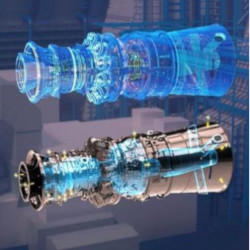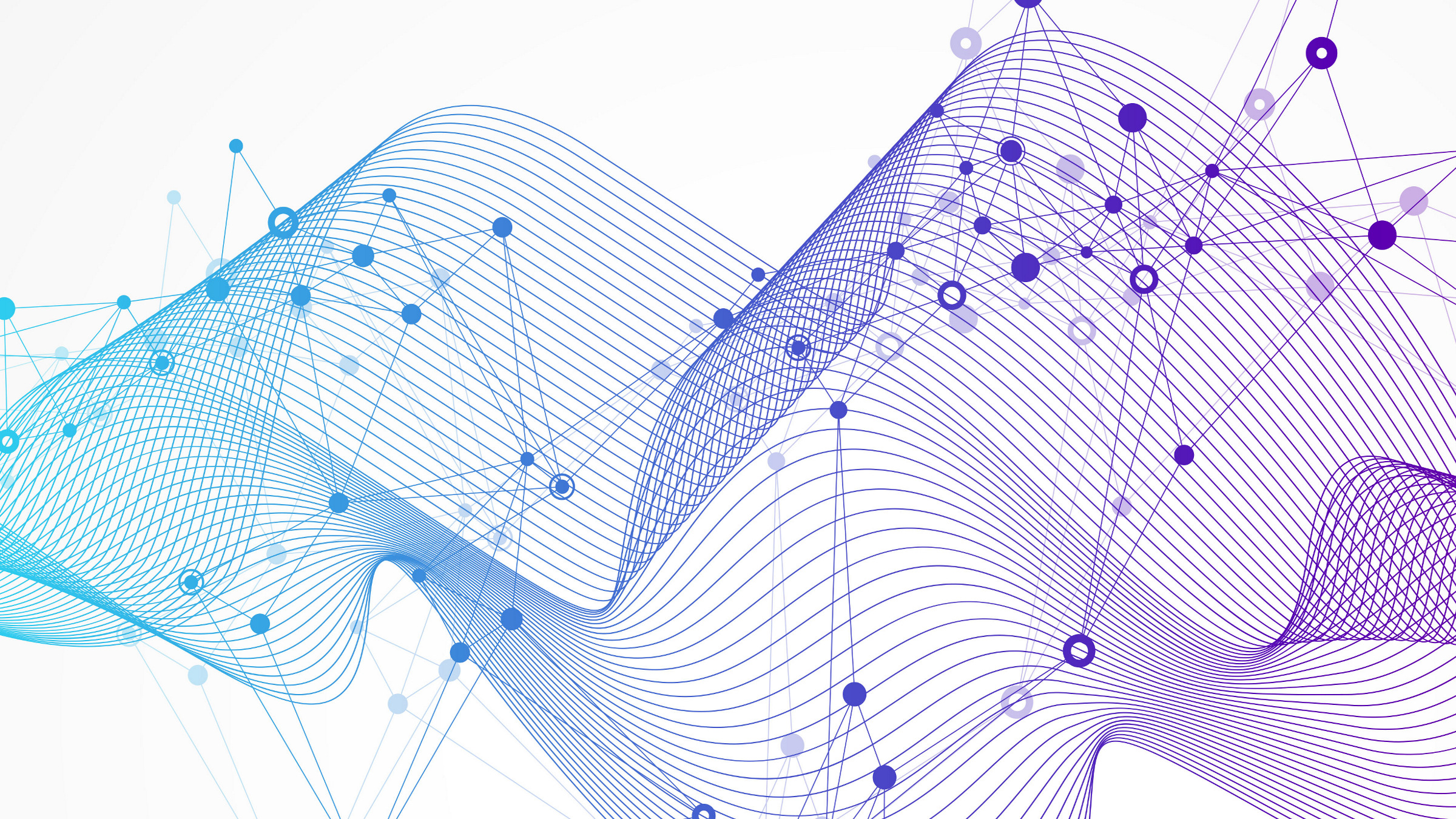
One of the things that makes computers so remarkable is their ability to create digital representations of physical objects and systems. This allows designers, engineers, scientists, and others to build models and simulations that deliver deep insights into how machines operate, when systems fail, and how complex scenarios play out over time.
Exact virtual representations of physical objects and systems—a.k.a. digital twins—are redefining and even revolutionizing fields as diverse as agriculture, engineering, medicine, and manufacturing.
"We have reached a point where it's possible to have all the information embedded in a physical object reside within a digital representation," says Michael Grieves, chief scientist for advanced manufacturing at the Florida Institute of Technology and the originator of the concept nearly two decades ago.
You've got twins!
From power turbines to jet aircraft, smartphones to office buildings, organizations are now using digital twins to predict how systems will perform, when they will fail, how people use them, and how a vast array of variables and conditions factor into outcomes. These digital representations, often incorporating computer-aided design (CAD) and building information modeling (BIM) software, are becoming crucial tools for unlocking cost savings, greater efficiency, and innovation.
The value of digital twins revolves around their ability to reduce or eliminate wasted physical resources—which can include, time, energy, and materials, Grieves points out. "The use of digital twins is ushering in the next phase of operational and productivity improvements," says Joe Berti, vice president of offering management for Watson IoT IBM Cognitive Applications. He says that a growing array of data points—generated from sensors and devices residing within the Internet of Things (IoT) and pushed through machine learning and AI systems—are advancing the sophistication of digital twins at a rapid rate.
For example, NASA now uses digital twins to better understand how to design, test, and build spacecraft. The agency is developing a framework that allows it to see when a component or vehicle is operating efficiently and safely in the virtual world before commencing manufacturing in the physical world.
GE also has embraced the concept. It operates digital steam turbines and wind farms that are exact representations of all physical assets. The firm has predicted that integrating its wind power software with a 2MW wind turbine in a digital twin setup can increase energy production by as much as 20%.
Meanwhile, the City of Cambridge in the U.K. is creating digital twins to better understand traffic and manage air quality.
Gartner has predicted that "billions of things" will be represented by digital twins by 2022. "Their proliferation will require a cultural change, as those who understand the maintenance of real-world things collaborate with data scientists and IT professionals," the firm noted in an online post about strategic and technology trends.
Virtually There
Digital twins will experience enormous growth, says Teresa Tung, a managing director in Accenture Labs. She points out that today's artificial intelligence (AI) algorithms are now mature enough to support highly complex engineering models and simulations. What's more, cloud computing frameworks and infrastructure advancements like graphics processing units (GPUs) or field-programmable gate arrays (FPGAs) have given the concept a jolt, making it easier for machine learning to be applied to more data—faster, and even at the edge. At this point, Tung says, "We are poised for computational creativity—matching human design and engineering with AI."
IBM's Berti says the biggest barrier for now is a lack of industry standards for data collection, sharing, and oversight. Just as retailers and other businesses had to develop electronic data exchange (EDI) standards in the 1990s, they will have to introduce a secure data sharing framework, with encryption keys and other protections, to fuel adoption of more robust digital twins. "The full value of digital twins lies in companies sharing data across a product lifecycle and ecosystem," he explains.
Over the next few years, digital twins will impact industries as diverse as banking, real estate, retail, and insurance. They will play a role in smart utility, transportation, and city initiatives. Grieves says that as more legacy equipment is replaced with connected devices and machinery, data inputs will grow, and richer and more detailed information will become available. "It is becoming feasible to create digital twins for almost any physical thing," he says.
Digital twins will also integrate with other digital tools, including augmented reality (AR) and virtual reality (VR). This will make it possible to virtually walk around a building or aircraft before it is built, view it in the middle of its lifespan, and when the asset is no longer useful. "It will be possible to view physical and virtual models together to further understand systems," Grieves says.
To be sure, digital twins will further transform business and introduce newer, less-expensive, safer frameworks for constructing, managing, and maintaining things. Concludes Grieves, "Since time immemorial we have had physical things with very sparse representation of them—mostly in paper, blueprints, and spreadsheets. We're now approaching a level of digital capability where we can accurately predict how a physical system will operate."
Samuel Greengard is an author and journalist based in West Linn, OR, USA.



Join the Discussion (0)
Become a Member or Sign In to Post a Comment